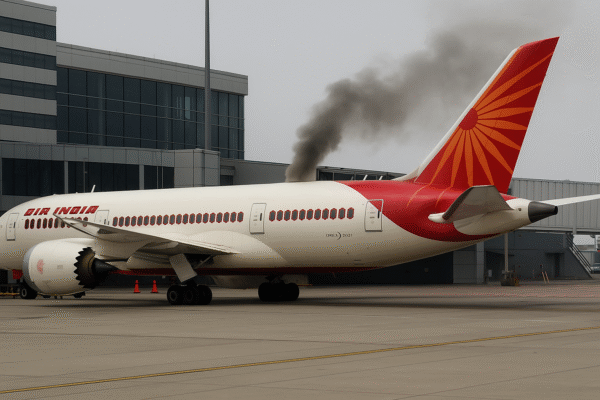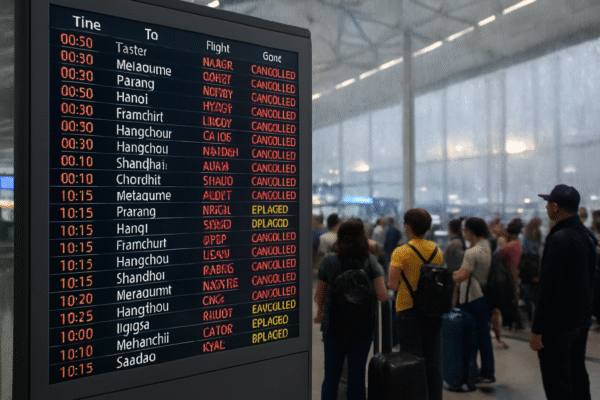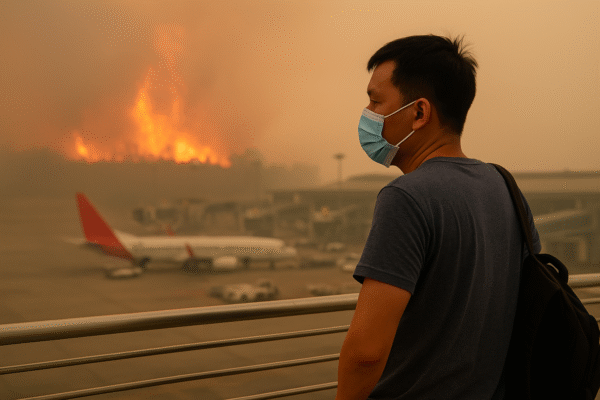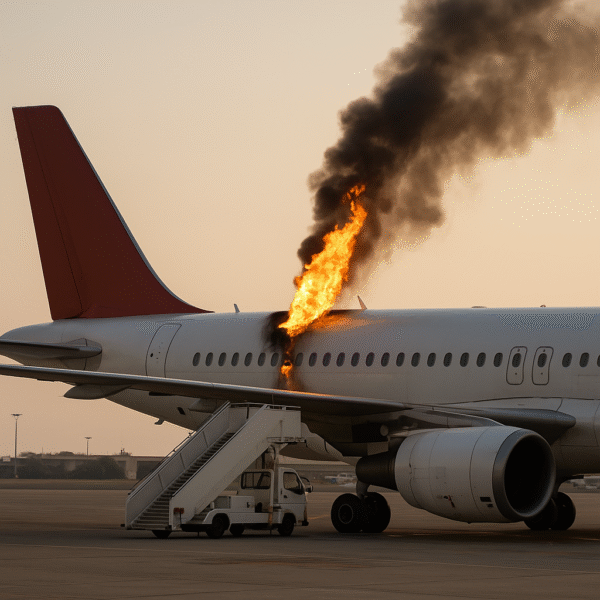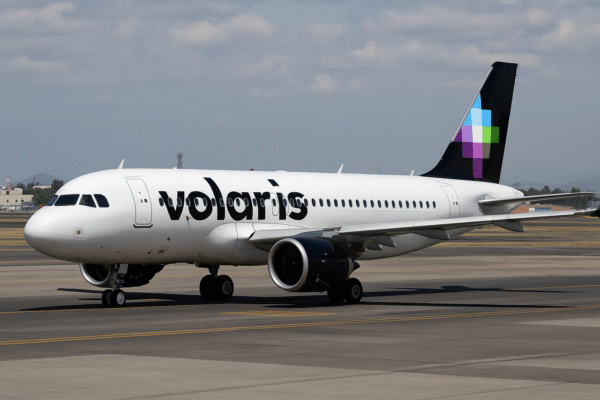Indonesia’s Tourism in Turmoil as Wildfires, Weather Chaos, and Flight Disruptions Hit Hard
Indonesia’s tourism sector, once poised for record-breaking growth in 2025, is now facing a severe crisis. A devastating combination of forest fires, erratic weather patterns, and airport disruptions is wreaking havoc on domestic and international travel. With health alerts rising and infrastructure strained, the country’s $10 billion tourism industry is confronting one of its most challenging seasons in recent memory.
Forest Fires Devastate Key Tourism Areas
Since early July, forest and land fires have scorched western Sumatra and Kalimantan. The Indonesian Meteorology, Climatology, and Geophysics Agency (BMKG) recorded over 1,000 fire hotspots in Sumatra alone. Hardest-hit provinces include Aceh, Riau, Jambi, and South Sumatra. In Riau’s regencies such as Kampar and Siak, over 100 hectares of land have been lost to fire.
The environmental damage extends far beyond scorched earth. Thick haze from the fires has pushed air pollution levels into hazardous territory, triggering health alerts. According to Indonesia’s Ministry of Environment and Forestry, the smoke has also drifted across the Malacca Strait into Malaysia, prompting regional air quality concerns.
The impact on tourism has been immediate. Travel to eco-tourism hubs and national parks has plummeted, and local hospitality operators have reported widespread booking cancellations.
Extreme Weather Adds to the Crisis
Concurrently, unseasonal and extreme weather has disrupted normal travel patterns. In Java, intense rainfall caused flash floods and landslides in Bogor and other mountainous areas. In Sulawesi, cities like Bantaeng and Sinjai have faced coastal inundation.
In Bali, Indonesia’s crown jewel of tourism, high tides and wave surges damaged beaches in Kuta and Seminyak, with authorities temporarily closing several waterfront areas. Coastal flooding also damaged roads and resort properties, causing logistical issues for tourists and operators.
Compounding the challenges, unusually cold night temperatures—10 to 12°C below normal in some areas—have disrupted tourists’ expectations of Indonesia’s tropical warmth. The temperature drop has been especially pronounced in Bali and Central Java, affecting visitor comfort during the peak dry season.
Major Flight Disruptions at Indonesia’s Airports
Environmental conditions have significantly disrupted air travel across the country. Major international and regional airports reported hundreds of delays and cancellations:
- Soekarno-Hatta International Airport (Jakarta): 248 delays, 16 cancellations
- Ngurah Rai International Airport (Bali): 105 delays, no cancellations
- Juanda International Airport (Surabaya): 80 delays, 6 cancellations
- Sultan Hasanuddin Airport (Makassar): 141 delays, 6 cancellations
- Sepinggan Airport (Balikpapan): 39 delays, 2 cancellations
- Sultan Mahmud Badaruddin II Airport (Palembang): 13 delays, 2 cancellations
- Halim Perdanakusuma Airport (Jakarta): 21 delays, 2 cancellations
Airlines most affected include Lion Air, Batik Air, AirAsia, and Jetstar, with delay rates ranging from 20% to 66%. Indonesia’s state carrier Garuda Indonesia and regional carriers like Sriwijaya Air, Super Air Jet, and Wings Abadi have also experienced substantial schedule disruptions.
The Directorate General of Civil Aviation urged travelers to check real-time updates and allow for longer airport processing times as visibility and operational capacity fluctuate due to haze and rainstorms.
Health Warnings Deter Travel to Impacted Regions
Indonesia’s Ministry of Health has issued advisories for areas affected by dense haze, including Bali, South Sumatra, and Riau. Residents and visitors have been advised to wear N95 masks, limit outdoor activities, and avoid travel if respiratory issues are present. National parks in Sumatra and Kalimantan have been temporarily closed for safety.
According to the Indonesian Medical Association, rising respiratory illnesses are being reported in hotspots like Pekanbaru and Palembang. With smog impacting daily life, travelers are either postponing trips or shifting to alternative Southeast Asian destinations.
Economic and Tourism Industry Impact
Before the crisis, Indonesia was forecasting over 17 million international arrivals in 2025—a post-pandemic rebound driven by strategic promotions, increased air connectivity, and visa-free travel policies for 30+ nationalities. The forest fire and weather crises have now thrown those projections into uncertainty.
Data from the Indonesian Hotel and Restaurant Association (PHRI) indicates hotel occupancy rates have fallen by over 30% in high-impact zones. Tour operators are reporting group tour cancellations, while domestic travel spending has dipped significantly. Airlines have warned of revenue hits due to operational delays and low passenger confidence.
Government Response and Long-Term Outlook
Indonesia’s National Disaster Mitigation Agency (BNPB) has mobilized firefighting units, conducted aerial water bombings, and initiated cloud seeding to induce rain in Sumatra. Local governments have allocated emergency funds to support affected communities.
Tourism and Creative Economy Minister Sandiaga Uno stated the government is “actively supporting resilience measures and working to restore traveler trust through transparent crisis communication and infrastructure recovery.”
Yet experts caution that Indonesia’s tourism economy—especially in eco-sensitive areas—must rapidly adopt climate adaptation strategies. These include early-warning systems, resilient tourism infrastructure, and stricter enforcement of environmental protection laws to prevent future land burnings.
Conclusion
Indonesia’s tourism industry stands at a crossroads. While the archipelago remains one of Asia’s most alluring destinations, the mounting environmental challenges of 2025 highlight the fragility of its tourism-dependent regions. With climate disruptions becoming more frequent, the country must prioritize sustainability and crisis preparedness to protect both its environment and the economic lifeline that tourism provides.
For more travel news like this, keep reading Global Travel Wire




